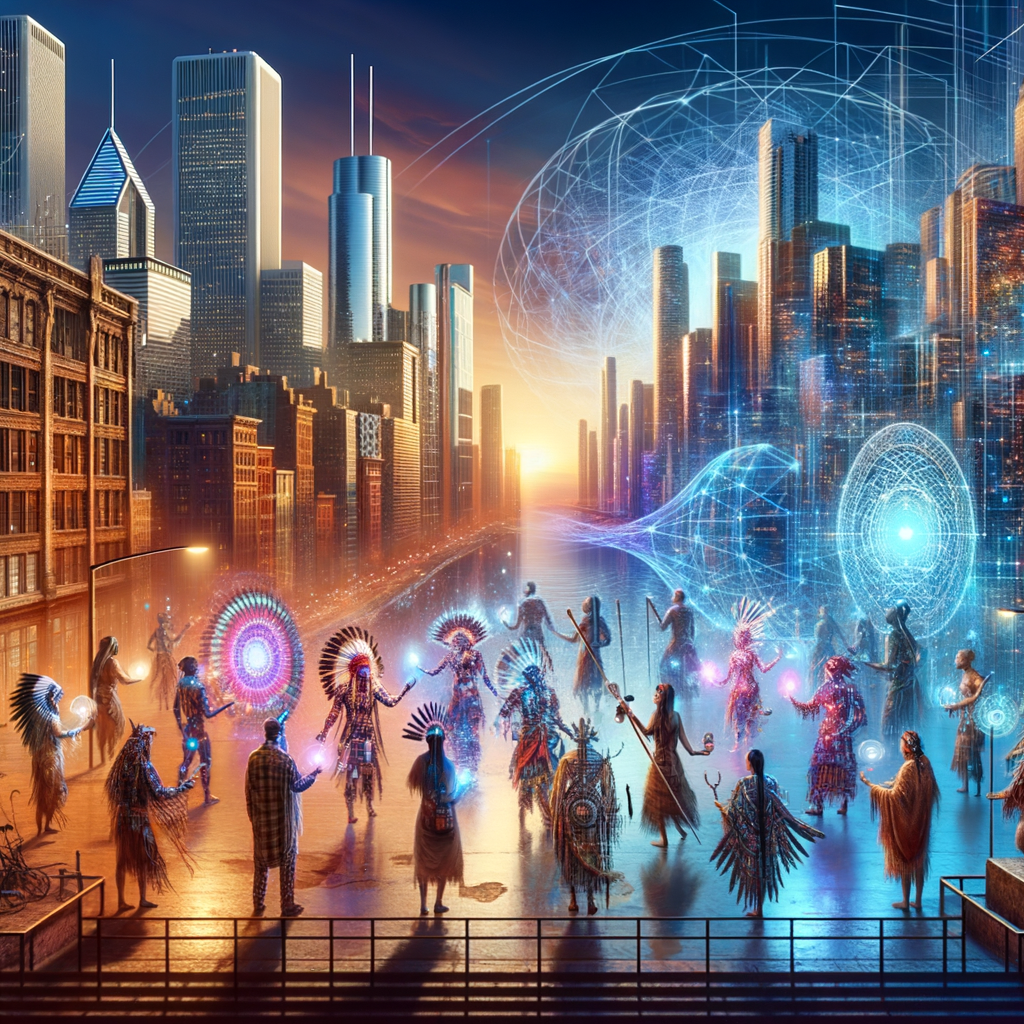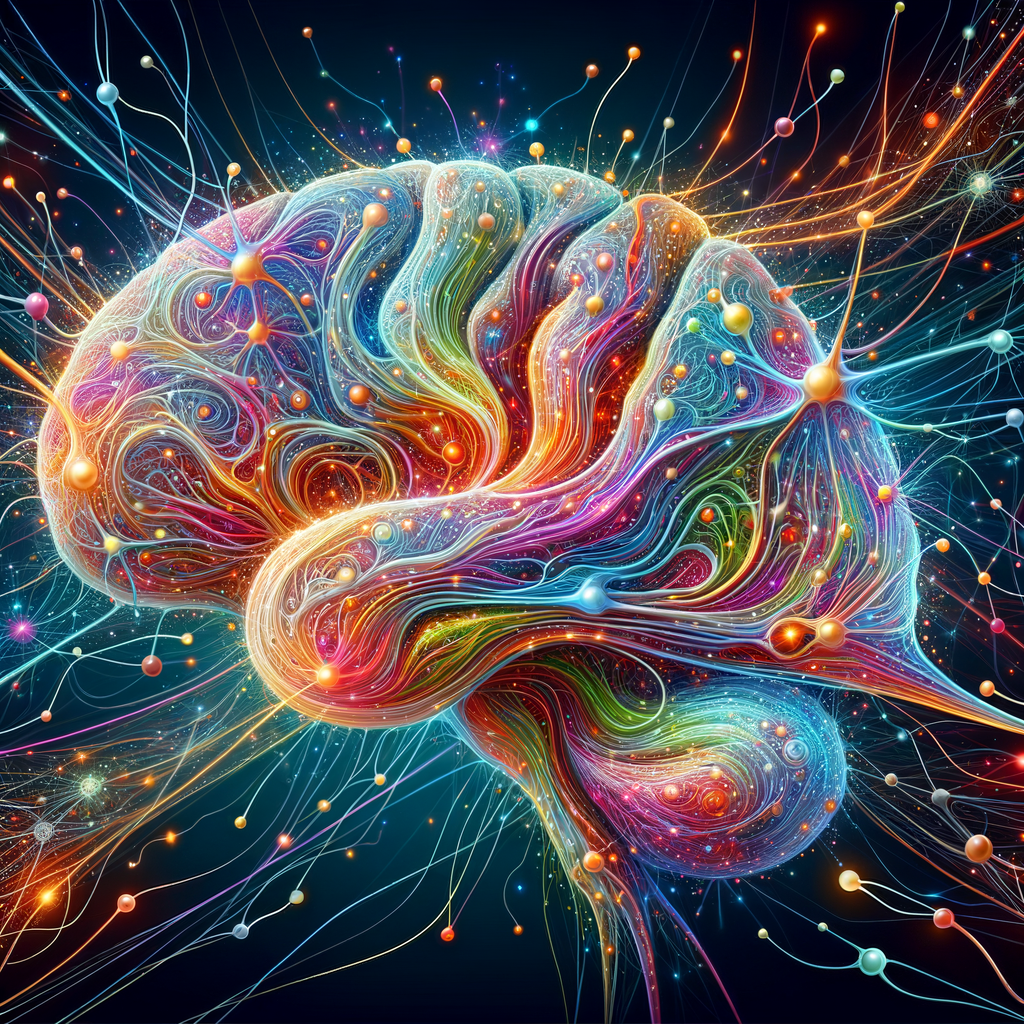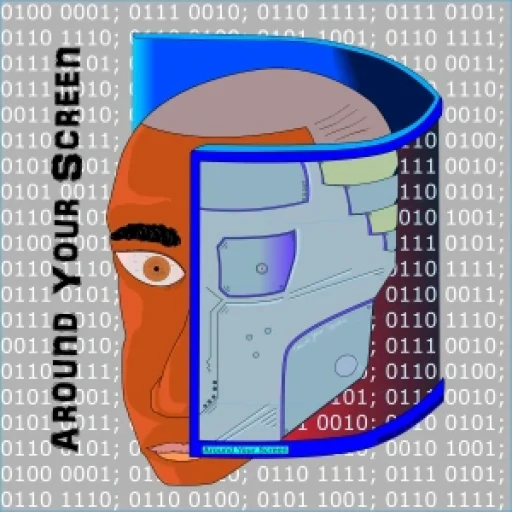

Extended Reality (XR) is an umbrella term used to encompass all forms of immersive technologies, including Virtual Reality (VR) and Mixed Reality (MR). XR blurs the line between the physical and digital worlds, offering new ways for users to interact with their environment. One interesting application of XR is in healthcare, where surgeons can use VR to practice complex procedures before operating on real patients.
Virtual Reality (VR) technology has come a long way since its inception, offering users the ability to explore immersive digital environments. VR can transport users to any location, whether it's the depths of the ocean or outer space. A fun fact about VR is that the first VR headset was created in the 1960s by computer scientist Ivan Sutherland and his student Bob Sproull. It was called the "Sword of Damocles" due to its cumbersome design.
Mixed Reality (MR) combines elements of VR and augmented reality (AR), allowing digital objects to interact with the real world. MR devices like the Microsoft HoloLens have applications in industries such as architecture and engineering. One interesting use case of MR is in gaming, where players can see virtual characters interacting with their physical environment in real-time.
Cybernetics is the study of communication and control in animals and machines. It explores how systems can be controlled using feedback mechanisms. In the field of robotics, cybernetics plays a crucial role in creating machines that can mimic human movements and behaviors. An intriguing fact about cybernetics is that the term was first coined by Norbert Wiener in his book "Cybernetics: Or Control and Communication in the Animal and the Machine" published in 1948.
Immersive Entertainment refers to media experiences that fully engage the senses of the audience, creating a feeling of being present in another world. From theme parks to virtual concerts, immersive entertainment is rapidly evolving with advances in technology. A fascinating aspect of immersive entertainment is the use of haptic feedback, which allows users to feel physical sensations in virtual environments, enhancing the overall experience.
